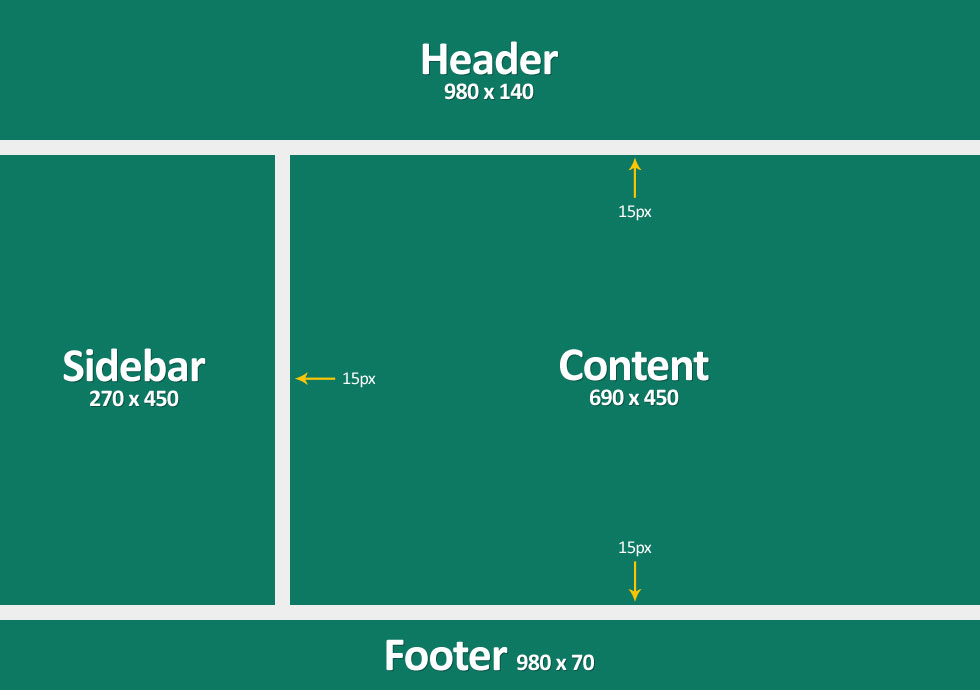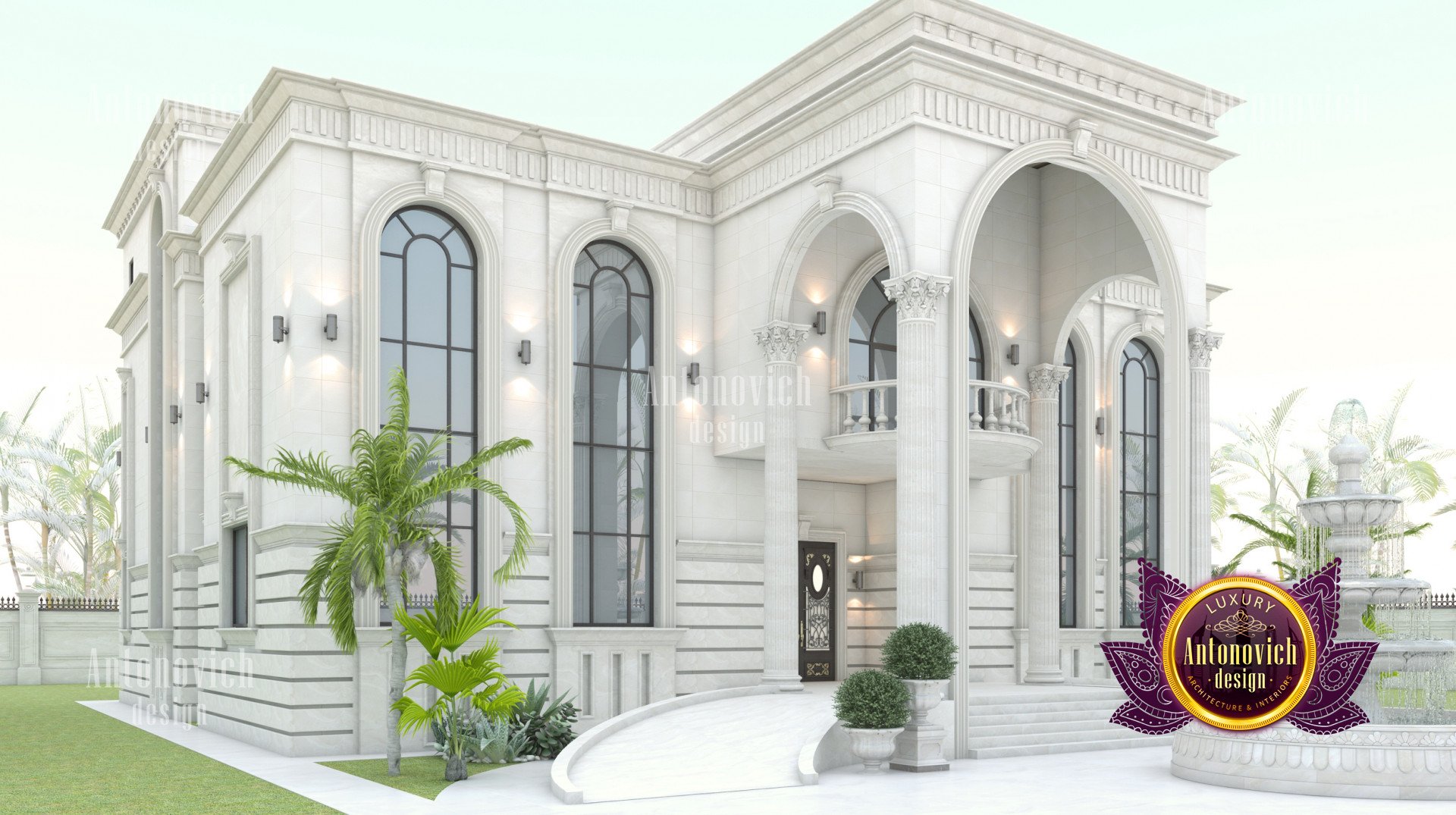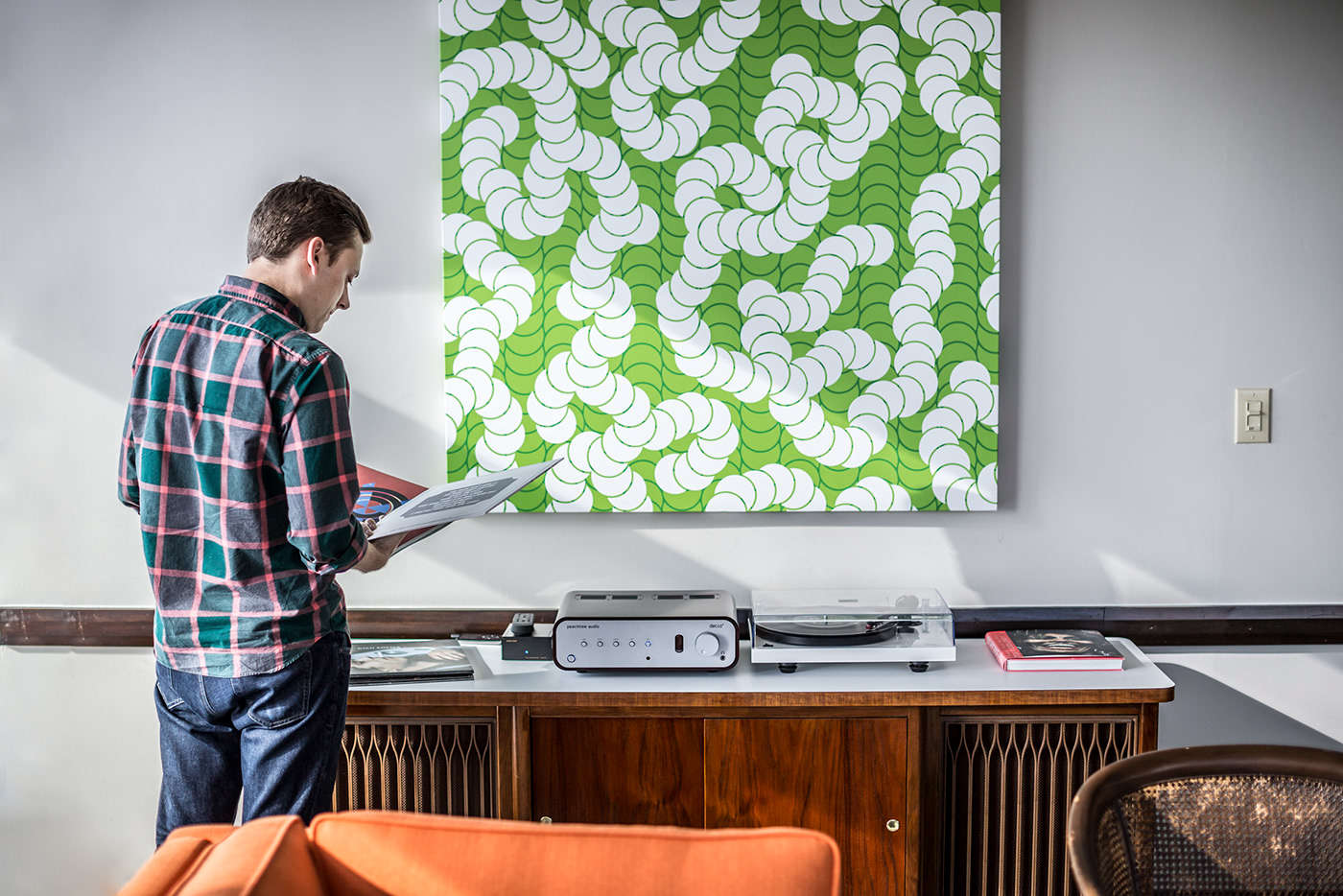Table Of Content
Droppings can stain carpets, rugs, walls, curtains and other object within the home. By offering your gecko a varied diet, meeting their nutritional requirements, and maintaining an appropriate feeding schedule, you’ll ensure they remain healthy and happy in your care. It’s also crucial to dust the insects with calcium powder, as geckos require calcium for proper bone health. You might want to use supplements containing vitamin D3 as well, especially if your gecko doesn’t have access to natural sunlight or a UVB light source. You will also need calcium and vitamin supplements to help keep your gecko healthy. We recommend Repashy Calcium Plus LoD, lightly dusted on all feeder insects.
#8. Gold Dust Day Gecko
Reptile carpets can work as well, but you’ll need to clean them quite frequently. You don’t need a massive terrarium to keep a Mediterranean house gecko. If you have fresh hatchlings, you can use a five-gallon tank.
Hemidactylus frenatusChichak, Common House Gecko
When it comes to the animals we live with (seen and unseen), it is important that we get to understand the role they play in the ecosystem. You’ll be surprised to find that some even play a helpful role around your house. Place a clean branch, a rock or two, and perhaps a piece of tree bark in the tank. Geckos love to hide on the underside of branches or chunks of bark during the day while they sleep. They also love to climb on rocks to bask as well as enjoy the stored heat. These small geckos grow to three to six inches in length and live about five years.
Common house gecko

The habitat can get as low as 65 degrees at night without issues. These lizards prefer a slightly cooler environment after dark. The size of a full-grown Mediterranean house gecko is a mere four to five inches in length.
As an invasive species
Keep an eye on the water quality and replace it frequently. The eyes are large, lidless, and have visible vertical slits instead of round pupils. Substrate should be at least 2” deep and completely replaced every 3-4 months. Remove poop and urates daily, along with contaminated substrate. Layering clean, chemical-free leaf litter on top of the substrate can also help with humidity.
Behavior and Diet
A glass 10-gallon aquarium with a screen lid will work, but a “tall” 20-gallon enclosure is much better. Juvenile and Hatchling tanks can be slightly smaller at 5 gallons. They are hardy so can live in tropical and subtropical environments from the Mediterranean all the way east to India. Metabolic bone disease can cause curved limbs, instability and difficulty standing.
Invasion of the MGs - Memphis Flyer
Invasion of the MGs.
Posted: Wed, 13 Oct 2021 07:00:00 GMT [source]
How the African house gecko made its way to the New World - Phys.org
How the African house gecko made its way to the New World.
Posted: Wed, 04 Aug 2021 07:00:00 GMT [source]
Females have small broods of one to three eggs twice each season. When handling don’t hold or grab them by their tail or underbelly. This may cause them to drop their tail in panic or cause stress. Instead, get a firm grip from the top and support their underbelly gently. This reptile will tolerate handling, but it is very fast and can escape in the blink of an eye.
What humidity levels do house geckos need?
If they still seem to be stuck, you should take them to your vet to be checked over. For general decoration, you should stick with live plants as much as possible with some sturdy fake plants for additional climbing surfaces. Geckos also love to have a variety of surfaces to climb over, so try to include a couple of rocks and branches as well. So this is where you can play around and have a bit of fun creating the ultimate playground for your new reptilian friend. Of course, the substrate itself should be as natural as possible just in case your gecko eats some of it – this means avoiding pebbles or any un-digestible.
House geckos should have a basking temperature of around 90°F, as measured by a digital probe thermometer with the probe placed on the basking surface. In order to allow for proper thermoregulation, the enclosure should also have a cool area that stays between 75-85°F. Although the house gecko may look like a simple creature, you’ll have to make sure you know as much about them as you can – particularly how to keep them as pets. House gecko eggs have a soft, leathery shell that provides protection while allowing for gas exchange during incubation. The number of eggs laid can vary depending on factors such as the female’s age, size, and environmental conditions. If your Mediterranean house gecko shows any signs of discomfort, gently put them back into the enclosure.
Young geckos generally respond better to treatment as they are still developing. However, older geckos can be left with permanent damage if the condition has been neglected for an extended time. You may also find that your gecko needs additional supplements – calcium and vitamin supplements can be found in powder form and be dusted on top of feeder insects before they’re eaten. The calcium supplement can support healthy skeletal growth while additional vitamins maintain overall health. If you are on a strict budget, it is also possible to use shredded paper litter instead. You should clean the substrate daily and replace the contaminated substrate every 3-4 weeks.
Its vocalizations range from quiet peeps to rapid short squeaking sounds. They may be heard most easily on a quiet night when they are sitting near an open window. When removing the gecko from the enclosure, have a firm grip from the top and support their bottom.
In the wild, they eat everything from moths to cockroaches. You can mix things up by rotating between roaches, worms, and crickets in captivity. Mealworms and other popular insect-based reptile foods work, too. If you want to provide the optimal habitat, a 20-gallon terrarium is a fantastic choice. Go for a vertically oriented model to allow for plenty of climbing opportunities.
It should be a multivitamin that contains calcium to meet all their nutritional needs. The humidity level in their enclosure should be between 60 and 75 percent at all times. It’s a good idea to invest in a hygrometer that you can monitor around the clock.
Add an additional 5 gallons per female gecko if you are housing more than three in a 20-gallon tank. It is not recommended to house other reptiles apart from Common house geckos with this species. These three elements—light, water, and shelter—are abundant around human settlements. So the best place to look for geckos is around homes, buildings, motels/hotels, and other structures. The easiest place to find them is around porch lights or in corners of buildings (where walls meet or where a wall meets the roof or ceiling). Geckos also like to hide behind downspouts or other objects that provide a narrow gap next to the wall of a building.
Lights should be on for 14 hours/day during summer and 10 hours/day during winter to simulate natural seasonal patterns. After mating the female may retain sperm for up to 12 months which allows them to continue producing eggs. This has been keen to their spread around the globe as only one female is needed to establish a population. They have proven highly adaptable and are often seen in urban areas living within buildings.
To provide a realistic representation of the natural environment, the lamp should be programmed to drop the temperature inside the enclosure to around 72°F at night. The enclosure should mimic their natural habitat to make them feel at home. Ensuring that the tank is secure and escape-proof is also essential, given the gecko’s adept climbing abilities. A well-structured enclosure not only provides a safe environment but also enhances the opportunity to observe the natural behaviors and climbing antics of these fascinating reptiles.

























